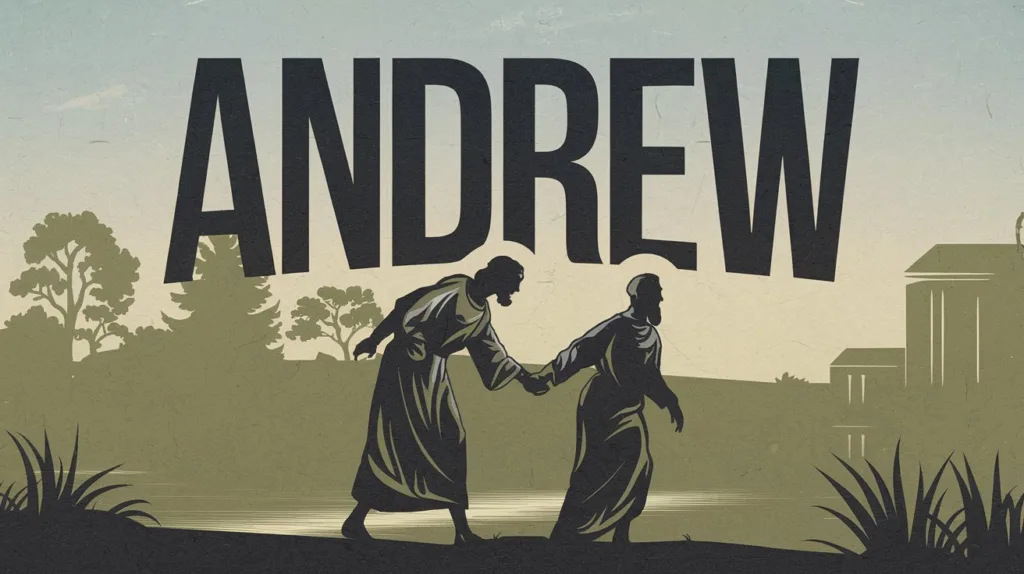The dove appears throughout Scripture with rich symbolism, yet its meaning is not derived from poetic tradition or religious imagery; it is rooted in the Word of God. The dove is never randomly mentioned. Its presence marks moments of covenant, purity, sacrifice, and divine confirmation. In this study, we will trace where the dove first appears, what it represents in the biblical text, and how it connects directly to the Holy Spirit, as recorded in Scripture, not in assumption.
The First Appearance: The Dove and the Flood
The dove first appears in Genesis 8 during the account of Noah and the flood. After the rains ceased and the ark rested on Ararat, Noah released birds to test whether the waters had receded:
“Then he sent out a dove from him, to see if the waters had receded from the face of the ground” (Genesis 8:8).
The first time, the dove found no rest and returned. Seven days later, Noah sent her again:
“Then the dove came to him in the evening, and behold, a freshly plucked olive leaf was in her mouth” (Genesis 8:11).
This act confirmed peace had returned to the earth. The dove carried the sign of new life. The third time, she did not return, signaling the land was habitable. The dove here represents peace, restoration, and the end of judgment. No words are given, just the image of a pure bird bearing a leaf. The text speaks for itself.
The Dove in Sacrifice: Purity and Poverty
The dove reappears in the Law as an acceptable offering. In Leviticus, God provides for those who could not afford a lamb:
“And if he is not able to bring a lamb, then he shall bring… two turtledoves or two young pigeons…” (Leviticus 5:7).
Doves were allowed as sacrificial substitutes for sin and cleansing. Again in Leviticus 12:6–8, for the purification after childbirth, a woman could offer doves. This is what Mary brought after Jesus’ birth:
“And to offer a sacrifice according to what is said in the law of the Lord, ‘A pair of turtledoves or two young pigeons’” (Luke 2:24).
The dove is a picture of purity and humility, both in its nature and in the offering itself. It is quiet, clean, and accessible to the poor. The sacrifice of a dove is not less holy; it is just as acceptable. The dove’s role in the sacrificial system is God-ordained (not symbolic). It represents purity made possible through provision.
The Dove in Song of Solomon: Devotion and Beauty
In the Song of Solomon, the dove is used in poetic terms to describe love and devotion. The bride says of the groom:
“His eyes are like doves by the rivers of waters, washed with milk, and fitly set” (Song of Solomon 5:12).
And he says of her:
“You have dove’s eyes behind your veil…” (Song of Solomon 4:1).
Here, the dove is used to reflect tenderness, faithfulness, and beauty. The imagery is consistent with what Scripture shows elsewhere, which is purity and peace (not aggression or corruption). Though poetic, this book is inspired and reveals God’s view of love marked by gentleness and commitment.
The Dove at Christ’s Baptism: A Divine Confirmation
The most significant appearance of the dove is at the baptism of Jesus. When Jesus came up out of the water, all four Gospels record what happened. Matthew writes,
“He saw the Spirit of God descending like a dove and alighting upon Him” (Matthew 3:16).
Mark, Luke, and John repeat the same image. Luke adds:
“And the Holy Spirit descended in bodily form like a dove upon Him” (Luke 3:22).
This is not poetic or metaphorical. The text says the Spirit descended “like a dove,” and in Luke’s account, “in bodily form.” The dove is the visible sign of divine approval, presence, and anointing. This is not to say the Spirit *is* a dove, but that God chose to reveal Him in that form at this moment, affirming the beginning of Christ’s earthly ministry. John the Baptist later confirms this event was a divine sign:
“Upon whom you see the Spirit descending, and remaining on Him, this is He who baptizes with the Holy Spirit” (John 1:33).
The dove did not symbolize gentleness here; it symbolized divine identity. This moment tied the dove to the Holy Spirit directly and visibly.
What the Dove Represents in the Bible
From Genesis to the Gospels, the dove is consistently used by God to represent specific truths (not human ideals, but divine realities):
In Genesis: the dove signals peace, the end of judgment, and the beginning of renewal.
In Leviticus: the dove is an acceptable offering; pure, simple, and accessible.
In Song of Solomon: the dove reflects faithfulness, devotion, and affection.
In the Gospels: the dove is the visible sign of the Holy Spirit resting on Jesus.
Nowhere does Scripture suggest the dove is weak, feminine, or merely symbolic. Every appearance has purpose, weight, and divine authority. The connection between the dove and the Holy Spirit was not developed over time; it was declared by God at the river Jordan.
My Final Thoughts
The dove in Scripture is not mystical; it is intentional. God chose the dove to reveal peace after wrath, purity in offering, faithfulness in love, and the anointing of the Spirit. Its role is not man-made. It is inspired, woven throughout Scripture, and sealed by the visible descent of the Spirit upon Christ. Let us not assign meaning where God has not spoken, but let us also not ignore the rich truth of what He has said.
“The secret things belong to the Lord our God, but those things which are revealed belong to us and to our children forever…” (Deuteronomy 29:29).





 Get the book that teaches you how to evangelize and disarm doctrines from every single major cult group today.
Get the book that teaches you how to evangelize and disarm doctrines from every single major cult group today.